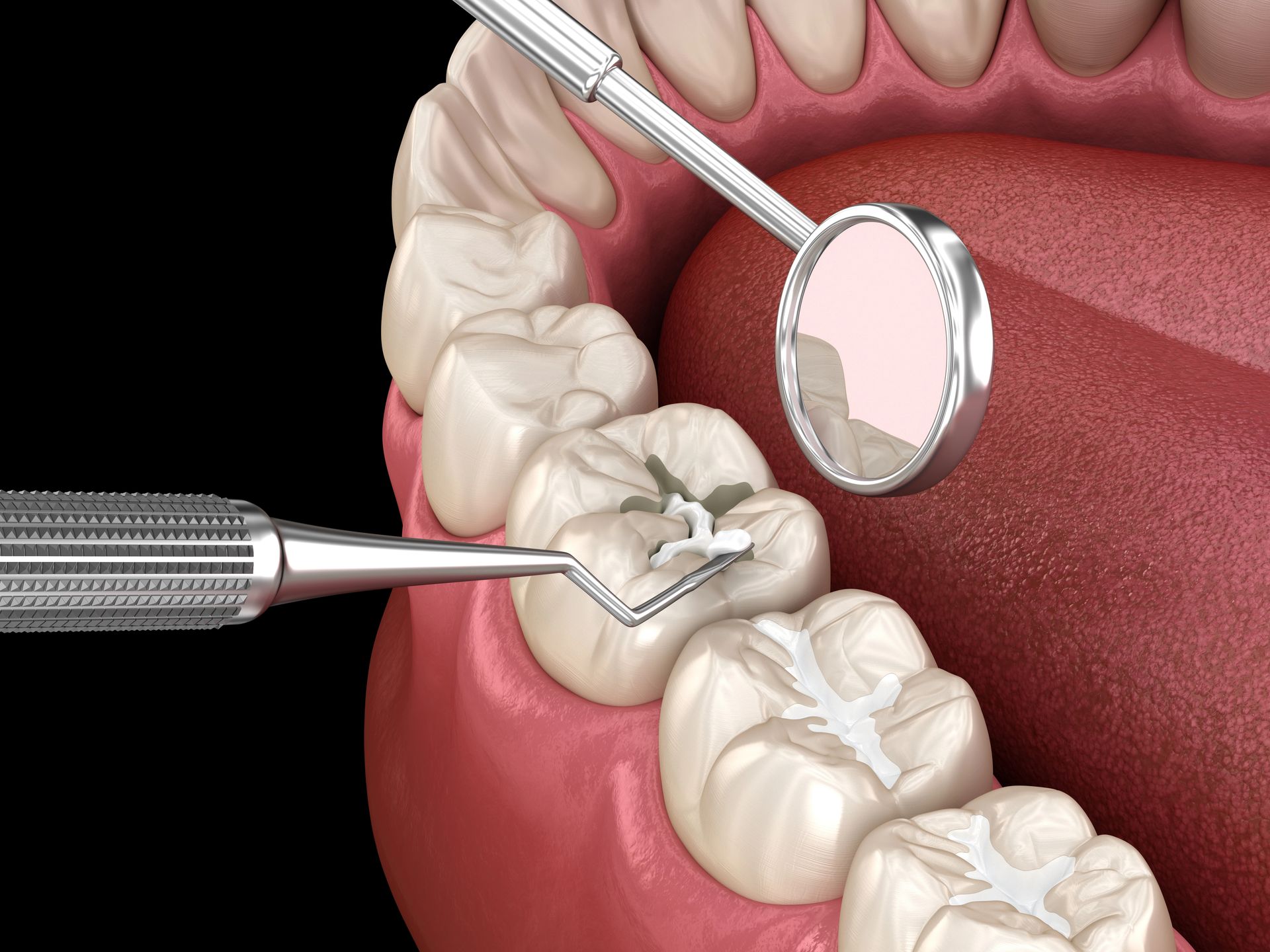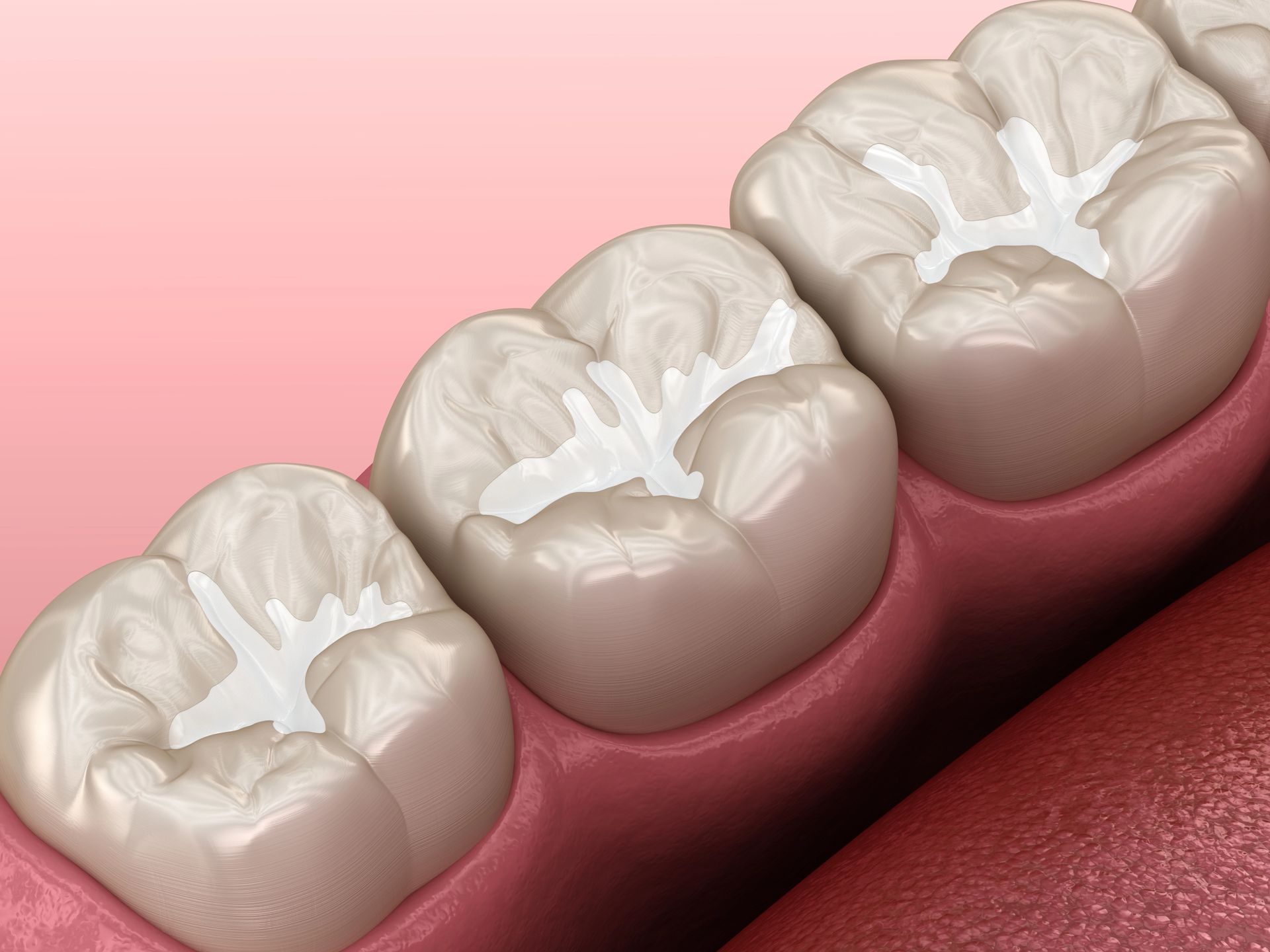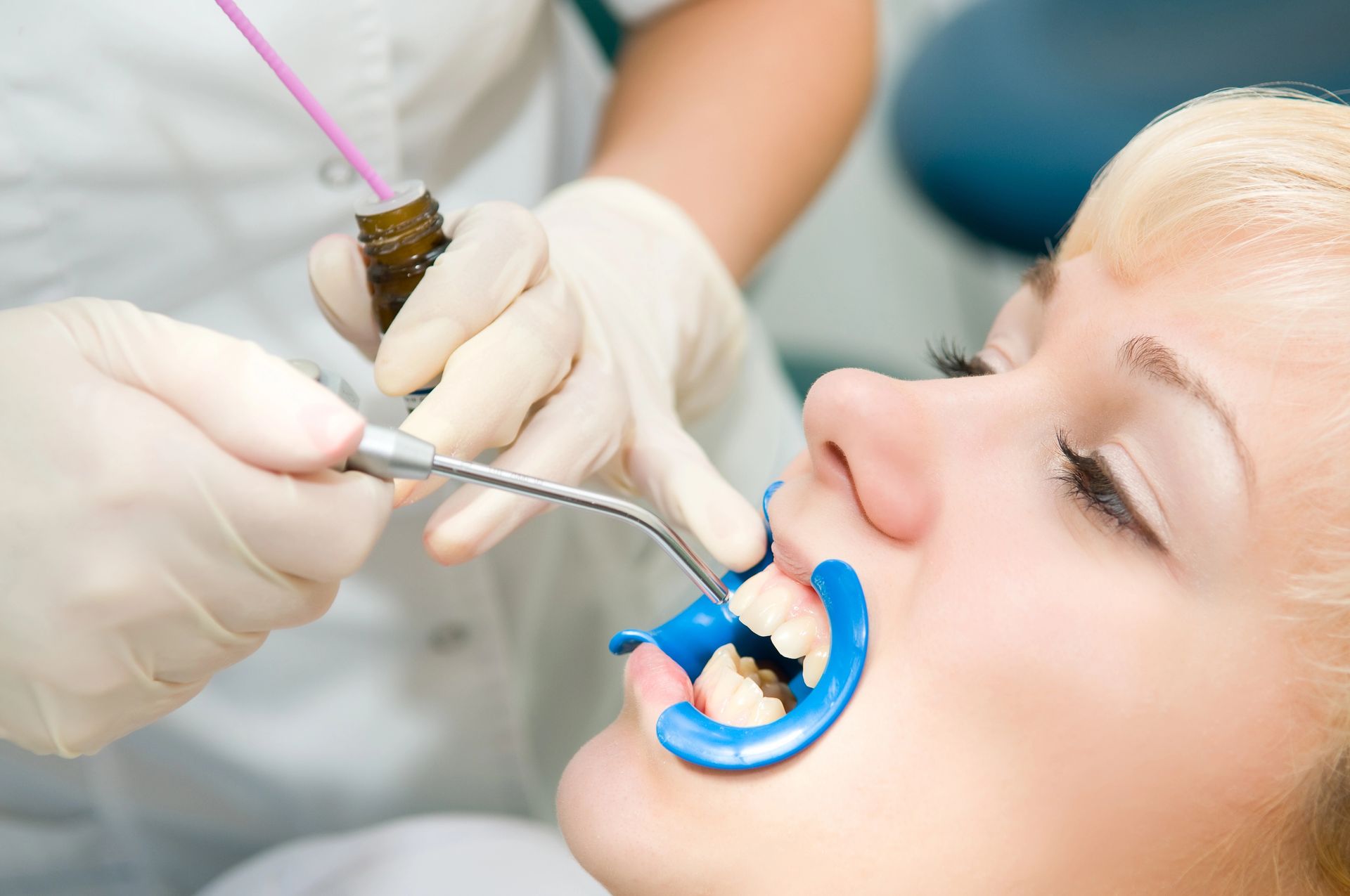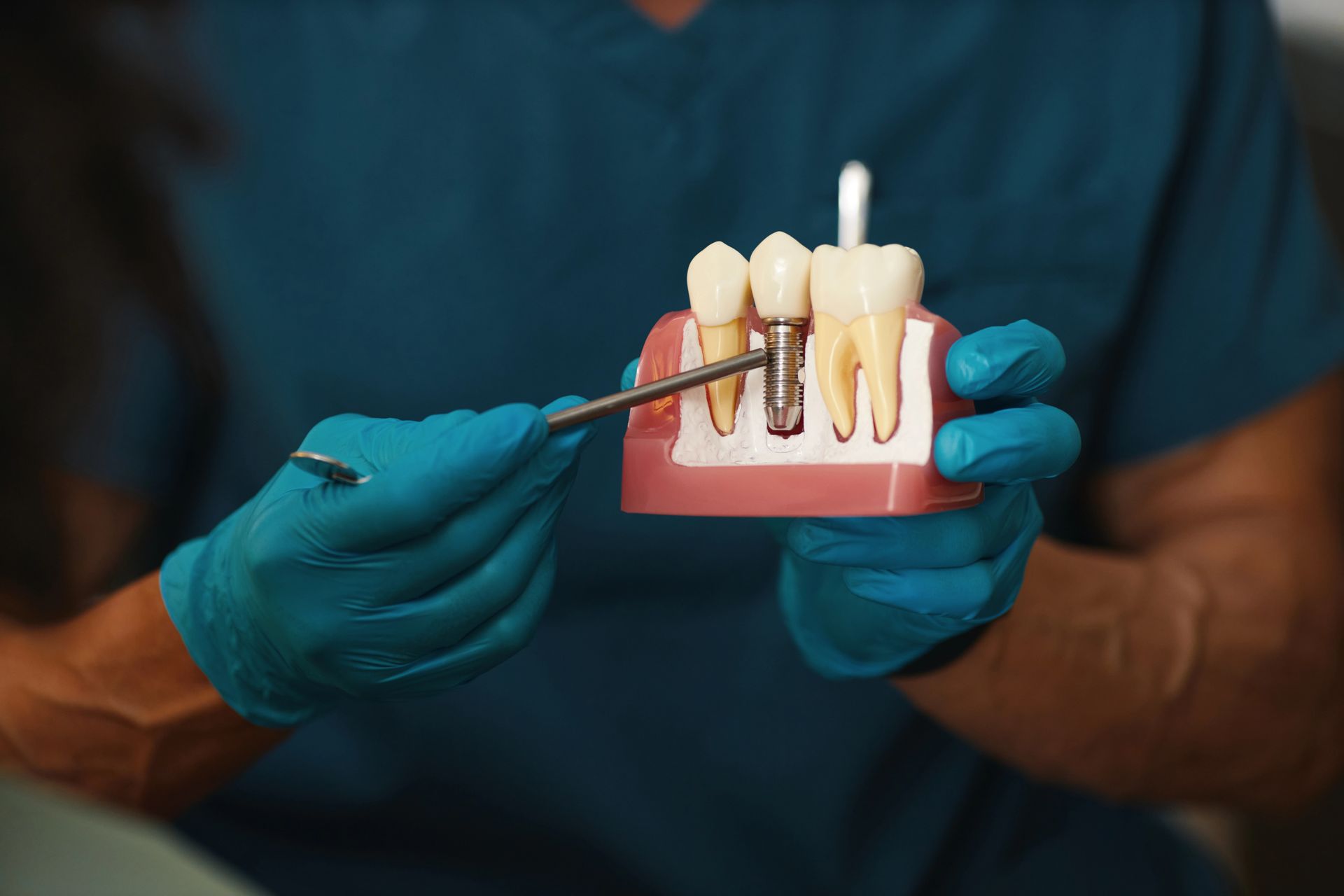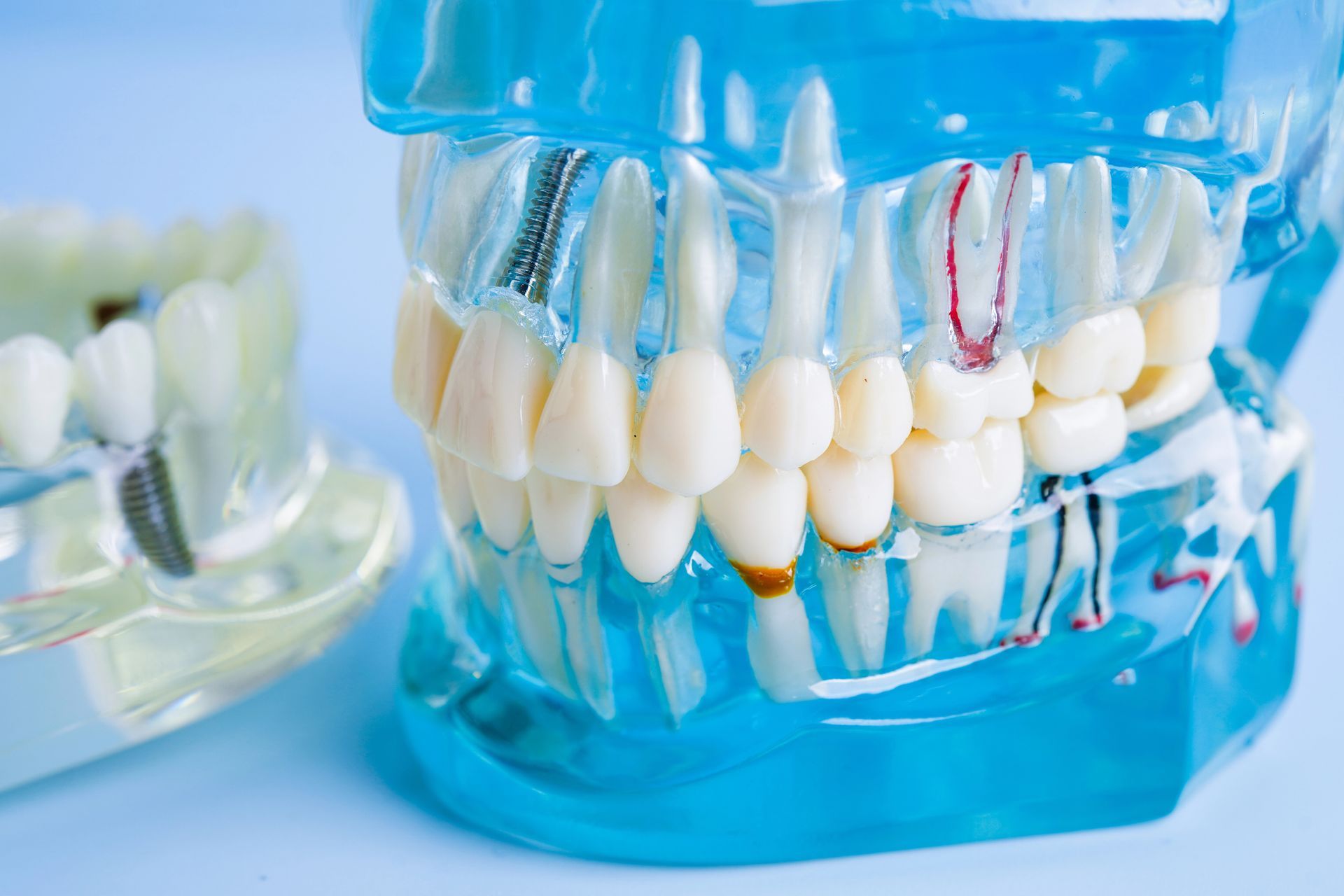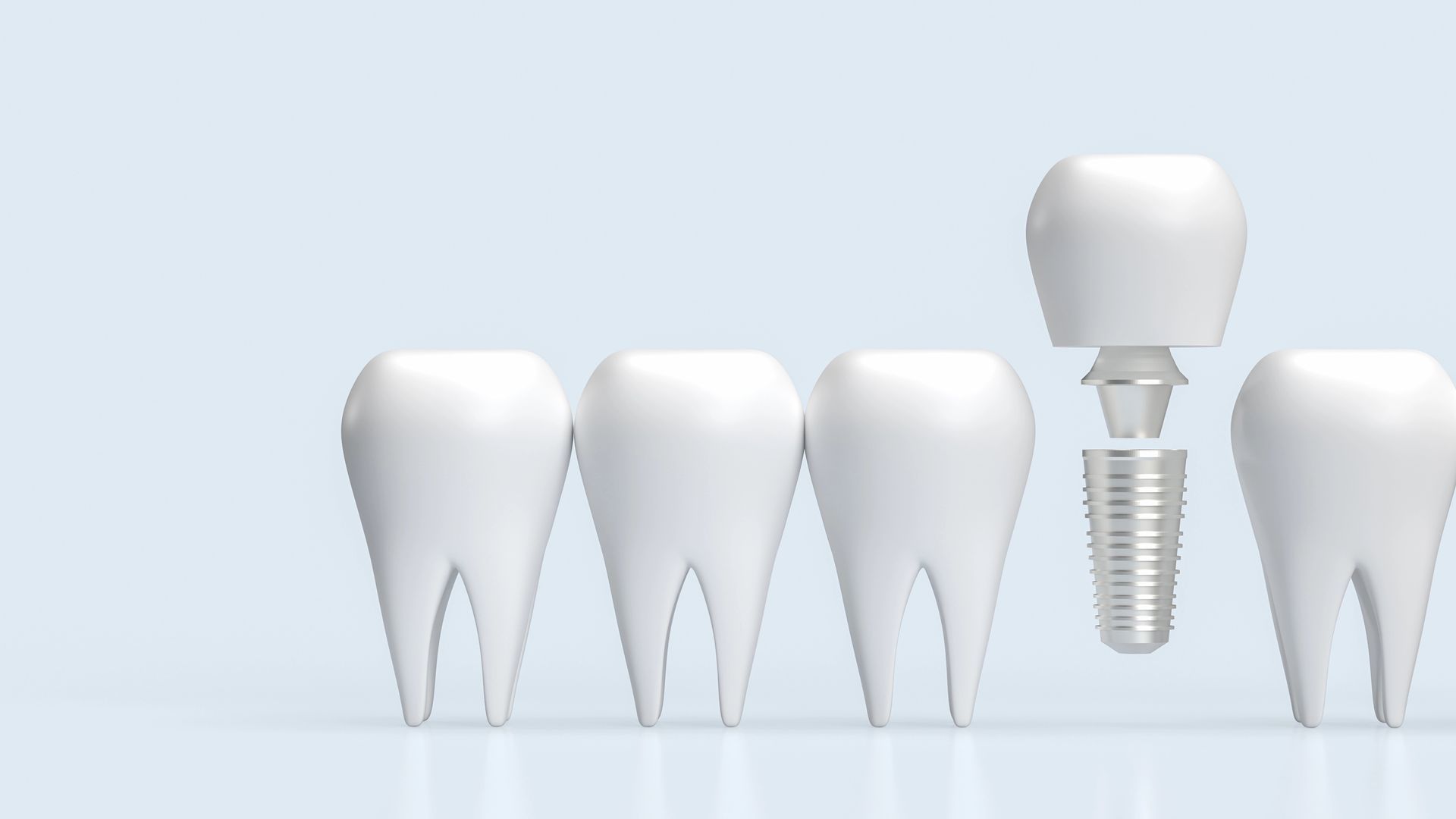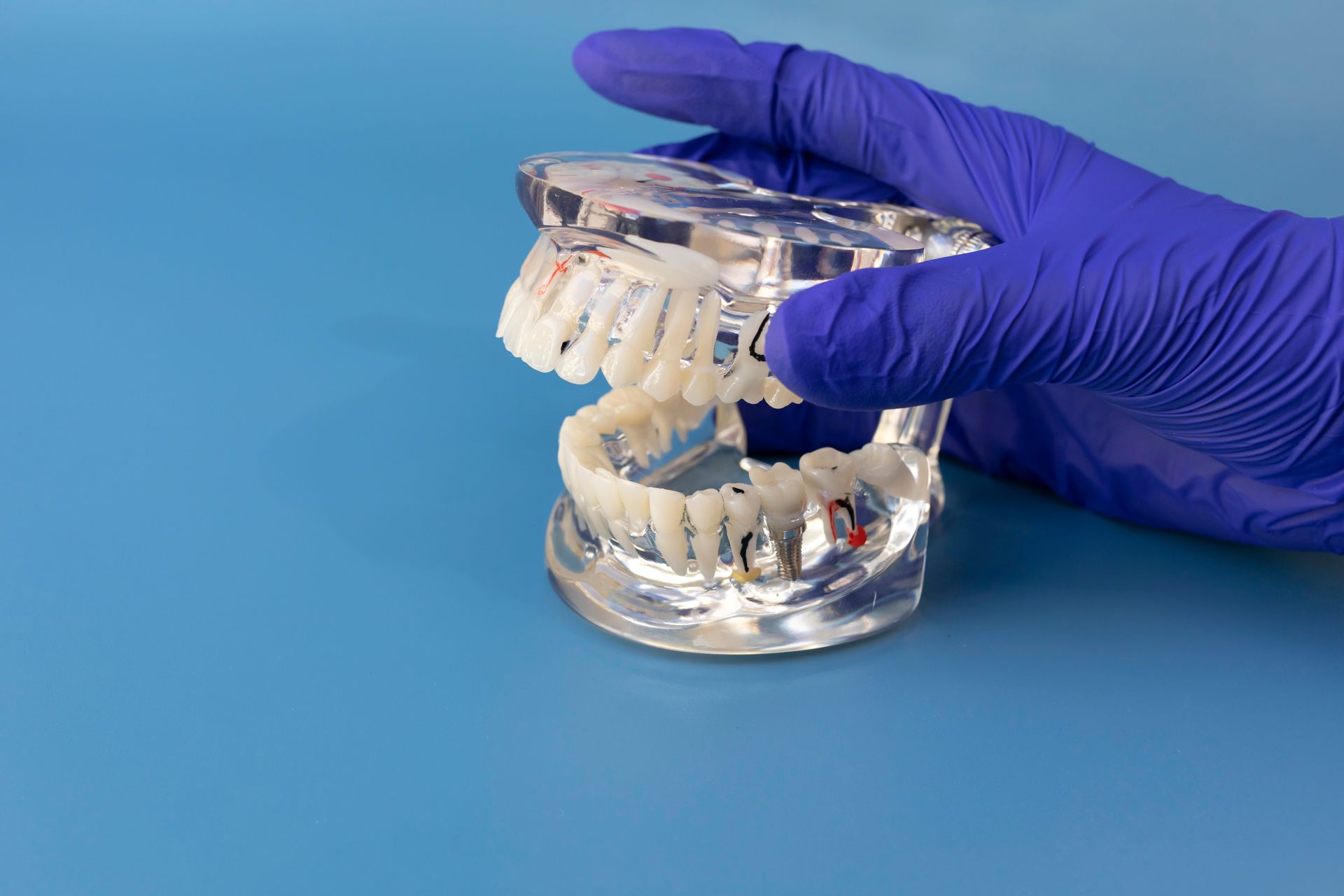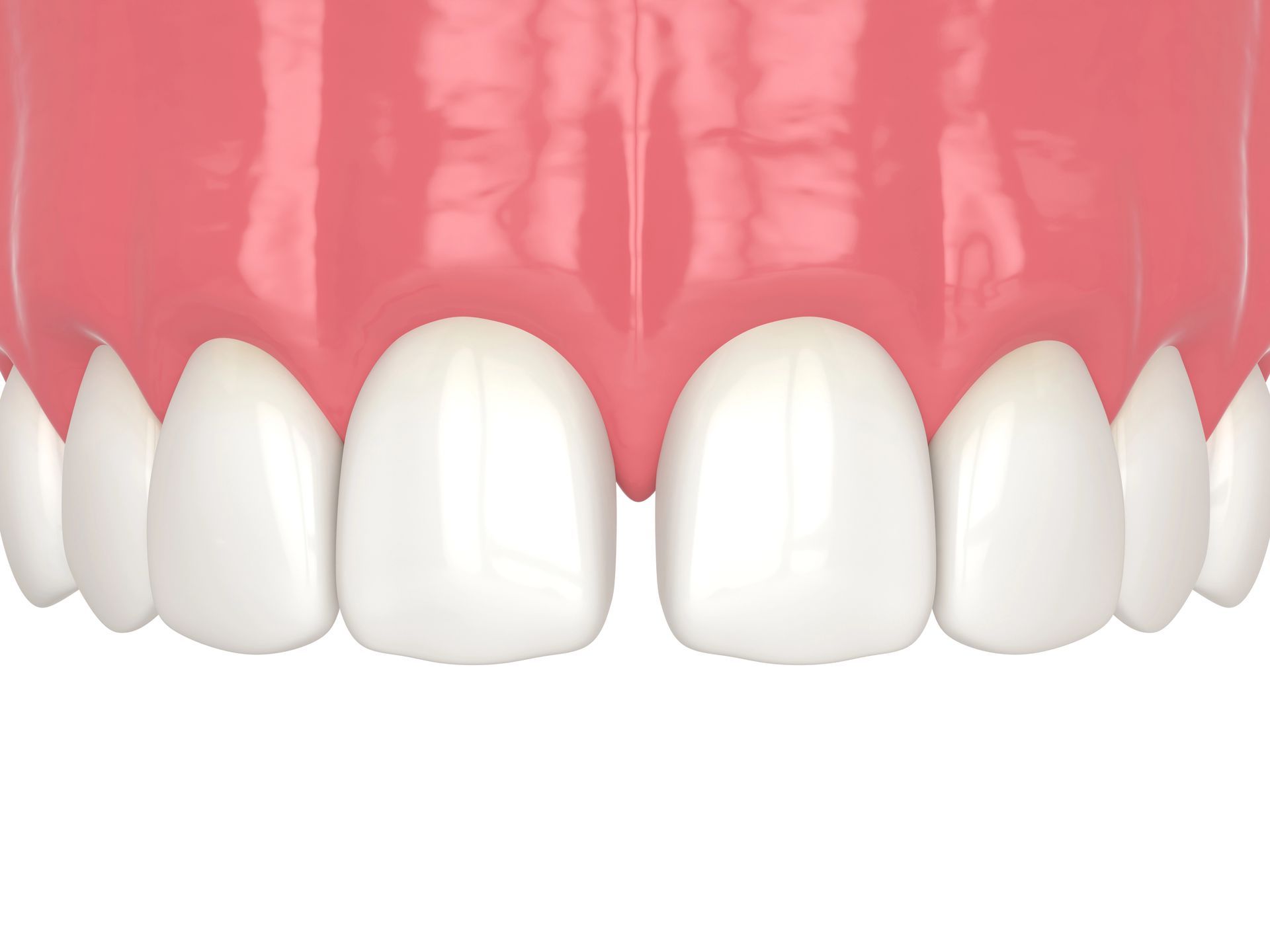Have you ever wondered about the advantages of white tooth fillings? These fillings are popular because they closely match the color of natural teeth, making them less noticeable. Additionally, they bond well with tooth structure, which can help to support the tooth's overall integrity.
Advantages of White Tooth Fillings
When discussing the advantages of white tooth fillings, it's essential to consider the various types of dental filling materials available. Traditionally, fillings have been made from materials such as gold, amalgam (silver fillings), composite resin, and porcelain. Each type has its specific properties and uses in dental care, which are selected based on the location of the filling, the extent of the repair, and aesthetic considerations.
Composite resin, often used for white tooth fillings, is favored for its ability to blend with the natural color of teeth, providing a more discreet and aesthetically pleasing appearance compared to other materials. For more detailed information on the different materials used in dental fillings, you can read about What are tooth fillings?. Understanding these options helps in appreciating the full scope of advantages that white tooth fillings offer, particularly in terms of visual appeal and compatibility with natural tooth structure.
Advantages of Composite Resin Fillings
One of the primary advantages of white tooth fillings, specifically those made from composite resin, is their aesthetic appeal. Unlike amalgam fillings, which are noticeably silver, composite resin can be closely matched to the natural color of your teeth. This makes them an ideal choice for fillings in visible areas, ensuring a more natural-looking smile. Additionally, composite resin fillings bond directly to the tooth structure, which provides strong support and can help to prevent breakage and insulate the tooth from excessive temperature changes.
Another advantage of white tooth fillings is that they are mercury-free. While traditional amalgam fillings contain mercury, composite resin fillings are made from a mixture of plastic and fine glass particles, eliminating concerns about mercury exposure. This aspect of composite resin is particularly appealing from an environmental and health perspective. For more detailed information on various filling options, you might consider visiting Expert Tooth Filling Solutions Columbia.
Durability of Gold Fillings
While discussing the advantages of white tooth fillings, it's interesting to consider the durability of various filling materials. Gold fillings, known for their longevity, often last for decades due to their resistance to corrosion and exceptional strength. This aspect is crucial when comparing the overall effectiveness and lifespan of dental filling materials.
Ceramic Fillings: Aesthetic and Functional
Ceramic fillings, often chosen for their aesthetic appeal, seamlessly blend with the natural color of teeth, offering a solution that is both visually appealing and functional. These fillings are made from durable materials that mimic the hardness and feel of real teeth, making them a popular choice among those looking to maintain a natural look. The advantages of white tooth fillings include not only their compatibility with the body but also their resistance to staining, providing a long-lasting solution to dental decay. For more information on dental services, consider visiting Columbia Dentist at Design Dentistry Columbia.
Cost Comparison of Filling Materials
When considering the advantages of white tooth fillings, cost is a significant factor for many patients. Traditionally, amalgam fillings have been the go-to due to their durability and affordability. However, the price gap between amalgam and composite resin (white fillings) has narrowed over the years. While white fillings are generally more expensive than their silver amalgam counterparts, the difference in cost is often justified by the aesthetic and health benefits they offer. White fillings blend seamlessly with your natural teeth, making them virtually invisible, which can be particularly valuable for fillings in front teeth or visible areas. Additionally, many patients and dentists prefer white fillings because they are mercury-free, which is a concern for some people with metal fillings. Ultimately, investing in white tooth fillings can be seen as a long-term investment in your oral health and personal confidence.
Silver Amalgam Fillings: Pros and Cons
When considering the advantages of white tooth fillings, it's essential to compare them with traditional options like silver amalgam fillings. Silver amalgam fillings are known for their durability and cost-effectiveness, making them a popular choice for large cavities in the back teeth where chewing pressure is greatest. However, they are not without drawbacks. The metallic appearance of silver amalgam doesn't match the natural color of teeth, which can be less aesthetically pleasing compared to white tooth fillings. Additionally, concerns about the health effects of mercury content in amalgam fillings have led some patients to prefer alternative materials that blend seamlessly with their natural tooth color and are perceived as safer.
Glass Ionomer Fillings for Children
Glass ionomer fillings are particularly beneficial for children, offering a unique set of advantages among white tooth fillings. These fillings release fluoride, which can help in preventing further decay by strengthening the surrounding tooth structure. This is especially important for children who are still learning proper dental hygiene. Additionally, glass ionomer fillings bond directly to the tooth enamel without the need for extensive drilling, making the procedure quicker and less distressing for young patients. The aesthetic appeal of these fillings is also noteworthy as they blend seamlessly with the natural color of teeth, ensuring a visually pleasing result. This makes glass ionomer fillings an excellent choice, aligning well with the advantages of white tooth fillings in maintaining both dental health and appearance.
How to Choose the Right Filling
When considering the advantages of white tooth fillings, selecting the right type for your needs is crucial. White fillings, also known as composite fillings, offer a more natural appearance compared to traditional silver amalgam fillings, making them a popular choice for those who prioritize aesthetics along with functionality. To choose the best filling, consult with your dentist about the extent of the decay, the location of the cavity, and your personal dental history. Additionally, discuss the longevity and cost-effectiveness of white fillings in comparison to other options, ensuring you make a well-informed decision that aligns with your oral health goals and lifestyle preferences.
Maintenance Tips for Dental Fillings
Maintaining your white tooth fillings is crucial to ensure their longevity and effectiveness. Regular brushing and flossing are essential to prevent decay around the filling edges. It's also advisable to avoid hard and sticky foods that can dislodge or damage the fillings. Regular dental check-ups allow your dentist to monitor the condition of your fillings and address any issues early on. By following these simple maintenance tips, you can maximize the advantages of white tooth fillings, such as their aesthetic appeal and compatibility with tooth structure, ensuring a healthier smile for years to come.
Conclusion
Exploring the advantages of white tooth fillings can lead to informed choices about your dental health. For further inquiries, call us at 803-573-4577 or read our reviews on Google Maps.


